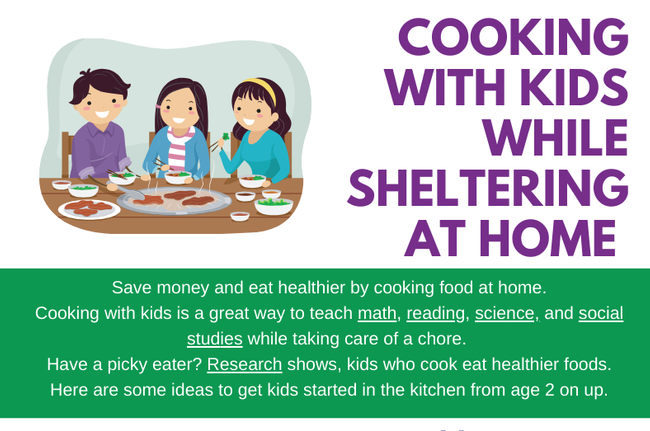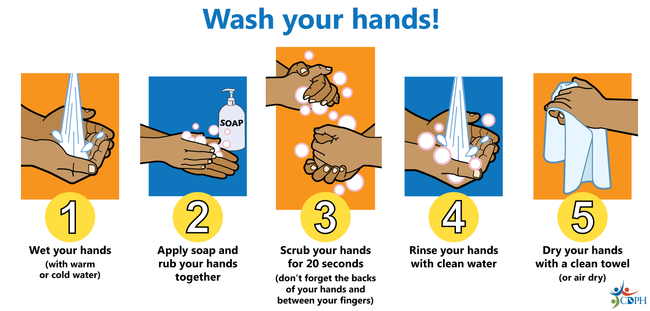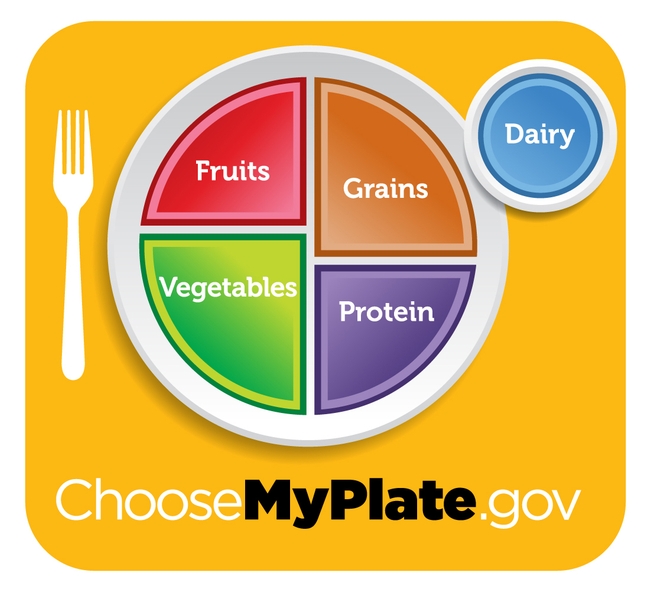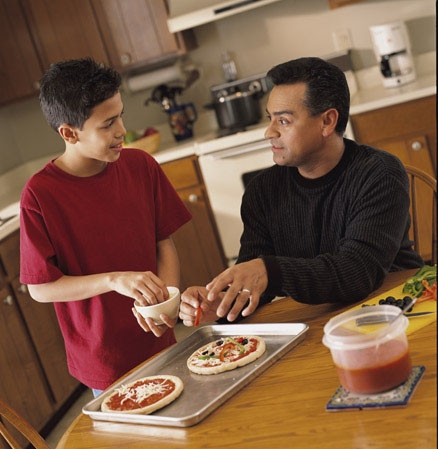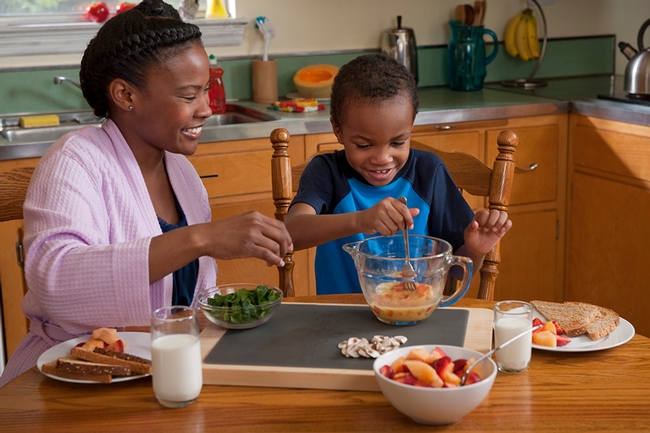Home schooling during the stay at home order: Kids in the kitchen
Most people are home a lot more right now. That can mean more time spent on meal preparation for ourselves and our families. Luckily, cooking at home is a great way to save money and eat healthier. If you are feeling pressed for time, ask your kids for help in the kitchen or planning meals and grocery lists. Kids who are involved in cooking meals have been shown to have healthier diets and eat a greater variety of foods.
Is this their first time in the kitchen?
Make it fun and start with safety. Food safety is the first and most important cooking skill you can teach your kids. Show them how to wash their hands for 20 seconds. By now, many people know that singing Happy Birthday twice is about 20 seconds, but if you don't like that song or your kids are older, there are a lot of other 20-second songs or your kids can create their own at Wash Your Lyrics.
Remind children to wash the back of their hands, under their fingernails and above their wrists. Also, wearing an apron if you have one can be fun and food safe. Aprons help keep the germs and dirt from clothes out of your food, especially important if kids are changing their clothes less now that schools are not in session. Be sure to clean and sanitize any cooking surfaces before you begin food preparation.
What if your child is not interested in cooking?
Ask them what they want to eat or cook. Give them boundaries for selecting recipes that meet your needs, for example: they have to use ingredients that you already have at home, or it has to include at least three of the five MyPlate food groups. Giving youth decision-making power is a great way to ensure they are invested and engaged. Start with lunch or snack preparation then move onto dinner once they've got the basics down. Need some ideas? MyPlate snack tips for kids
Kids still not interested?
Some young people might become more interested if cooking involves learning about their family history or cultural foods. Share your food traditions and family recipes with them.
Kids can cook! How to manage your stress so cooking can be fun for everyone
Letting young ones crack an egg or mix batter can be hard to watch and messy, but it can be very empowering for a child. If you're anxious about letting them cook, they will be too and that can take some of the fun out of cooking for both of you. The first step could be acknowledging everything you're feeling about inviting a child into your kitchen. Are you worried that dinner won't be finished in time? Are you nervous about the mess that you will have to clean up? Are you concerned that they will hurt themselves or break something? Find out what is causing you to feel uneasy and acknowledge it. Once you know what you are feeling stressed or anxious about, then you can find a way to manage it.
5 things you can do to create a lower stress environment in the kitchen
- Put a towel down on the counter to make clean-up easier and bowls less prone to sliding around.
- Use a smaller bowl for the child to mix or measure ingredients in before it is poured into the larger recipe bowl.
- Consider creating a cook space outside.
- Take it one step at a time, wait to introduce cooking on the stove until they are older and you are confident in their skills and safety awareness.
- Start simple, with lower-stress meals like snacks or lunch – you can move onto dinner when you are ready.
A little time invested now, will pay off in the future
Getting kids involved in the kitchen and teaching them new skills takes time and effort. Make sure that effort pays off. Ask them to practice and perfect their skills frequently so they can help and become responsible family members. Consider adding cooking to their weekly chores. Important tasks that anyone can do to help in the kitchen include scrubbing vegetables, tearing lettuce into pieces, cleaning counters and dishes, making a grocery list, creating a meal plan, etc.
Culinary skills to start with
- Washing and picking cilantro, parsley, basil or other leafy greens. Show them the difference between the leaf and the stem. Give them a bowl or measuring cup and show them how much you need. Ask them to fill the cup/bowl.
- Stirring and mixing. Kids like to do things themselves and be in charge. Show them how to mix and give them a tool that fits in their hand – a fork makes a great sifter/mixer and there is less of an opportunity for ingredients to be scooped and flung.
- Cutting soft foods with a plastic or butter knife on a cutting board. If possible, make a flat surface on the food so that it doesn't roll around while they are trying to cut. For example, cut several strawberries in half. Lay the flat side down and have them slice the strawberries and remove the green stem. Show them how to hold the knife with the blade moving down and away from the body. Want more instruction? Video on basic knife skills
- Pushing buttons on the oven, microwave or food processor. Can they find the number 2? Can they preheat the oven to 350 degrees?
- Cracking eggs into a small bowl so that it is easy to get the shells out when they don't crack the egg perfectly the first or second or third time. Were you taught how to crack an egg? Teaching others how to cook is a great way to enhance your own skills.
Older kids and youth
- As they get older they will want even more independence and decision-making power. Let them call the shots – with guidelines. For example, let them plan a meal but tell them they need to include at least three food groups from MyPlate. This way you don't end up with fried chicken for dinner and no sides. Offer to be their assistant so you can guide and supervise.
- Show them how to read a recipe and increase their vocabulary with words like dice, chop, simmer, etc.
Need more ideas of age-appropriate cooking activities for kids? See the Cooking with Kids infographic for recipes, and links to more sources. The possibilities are endless.


